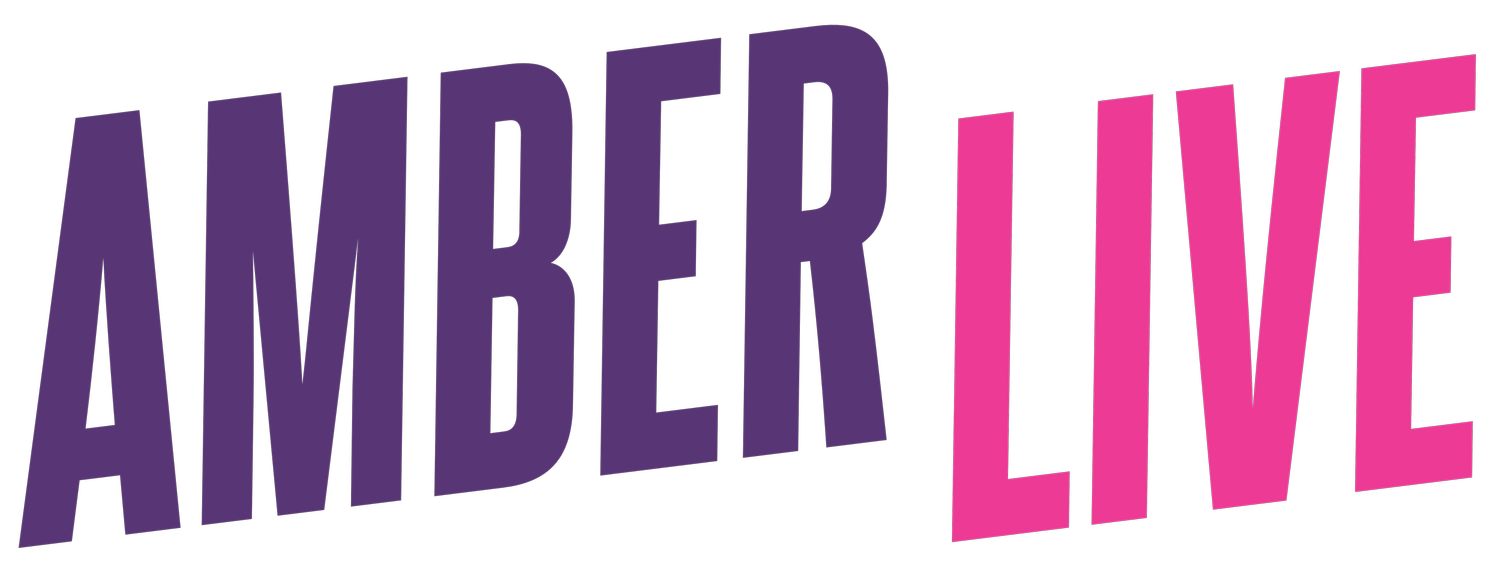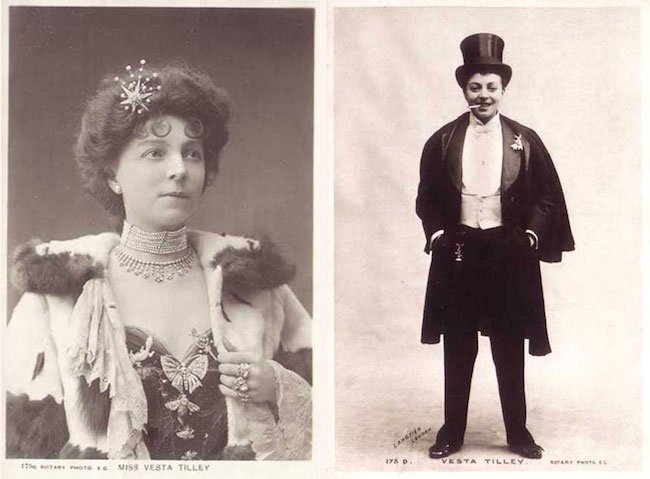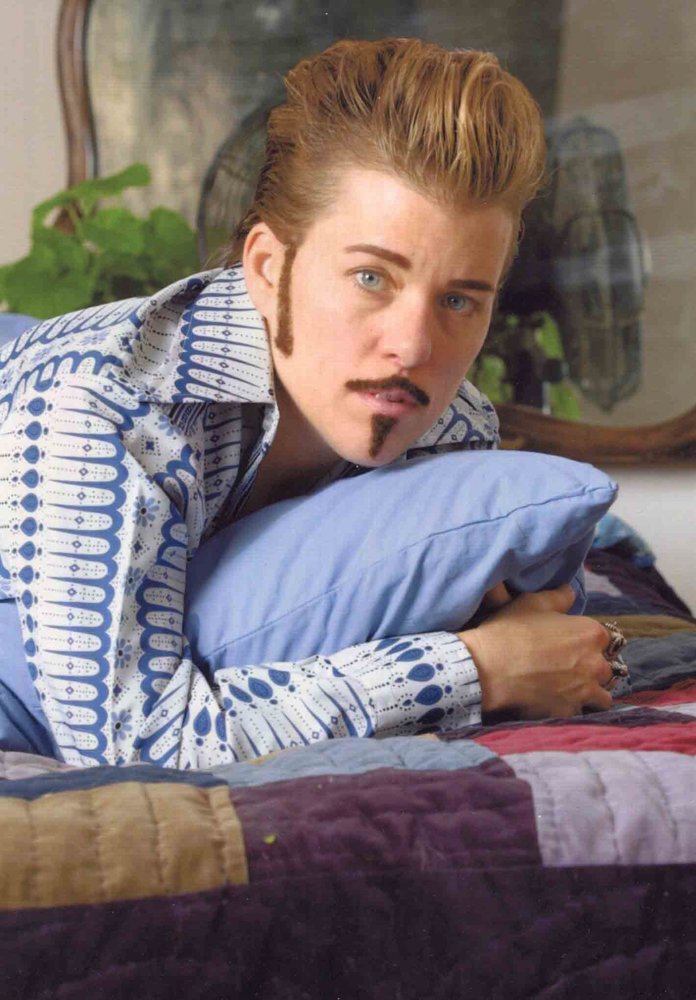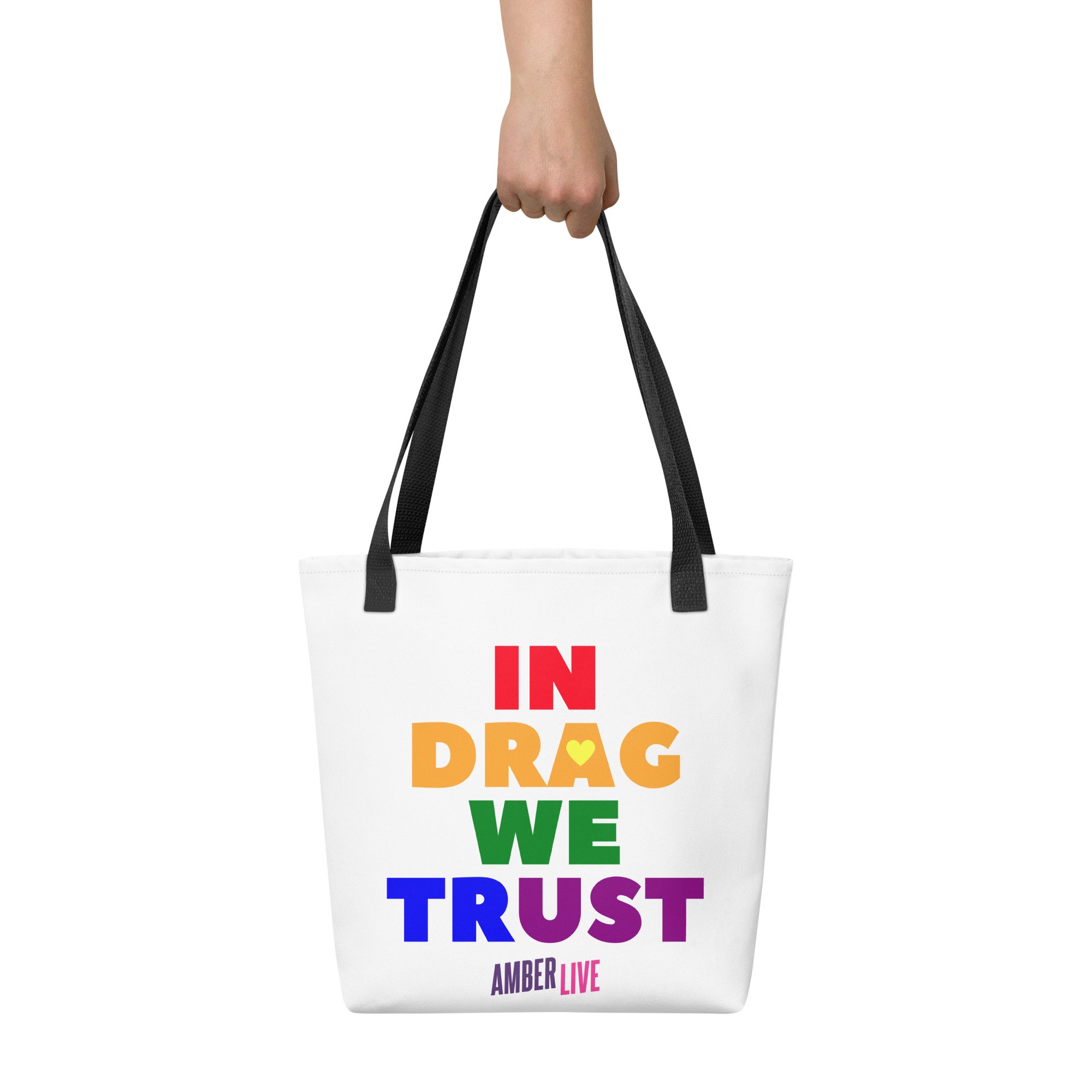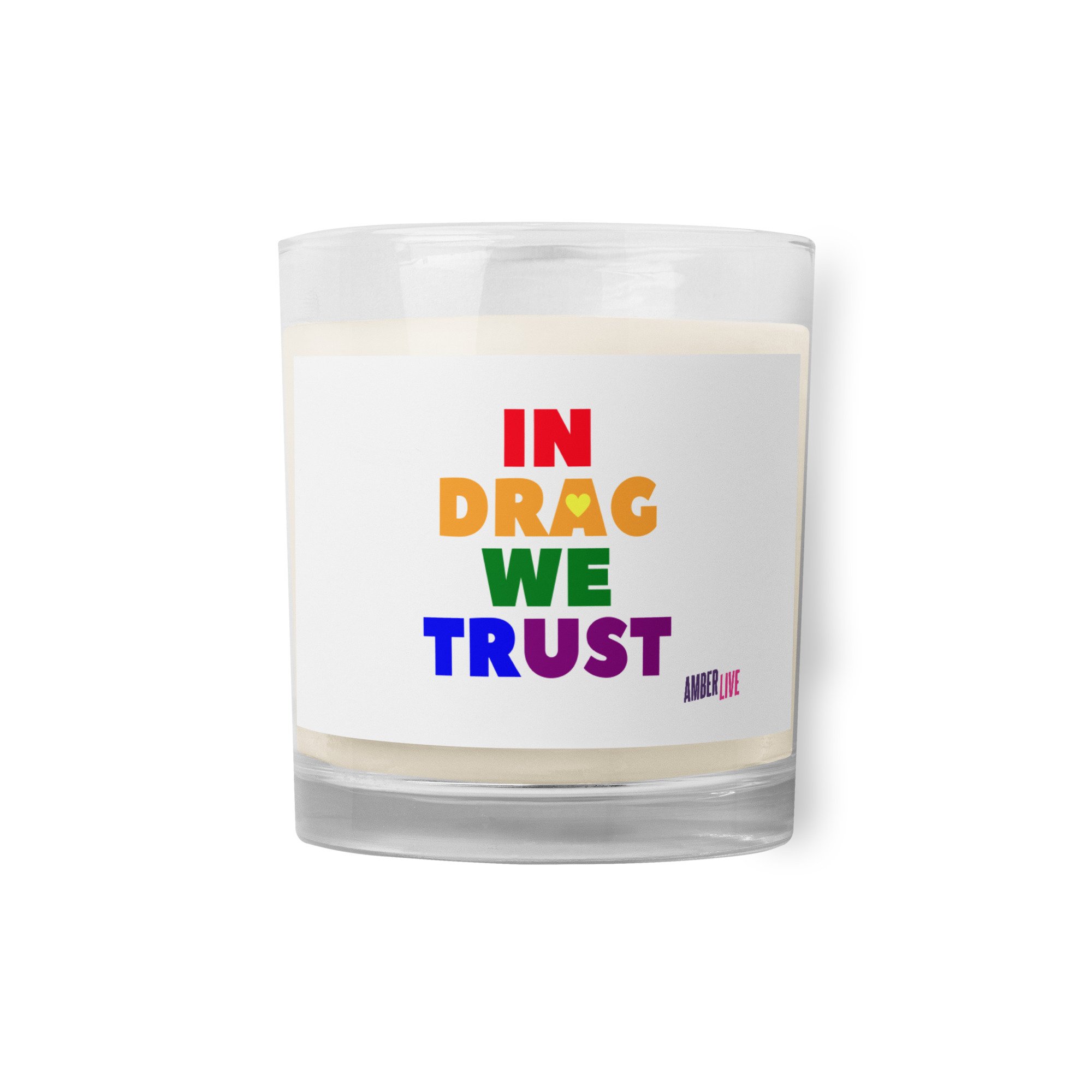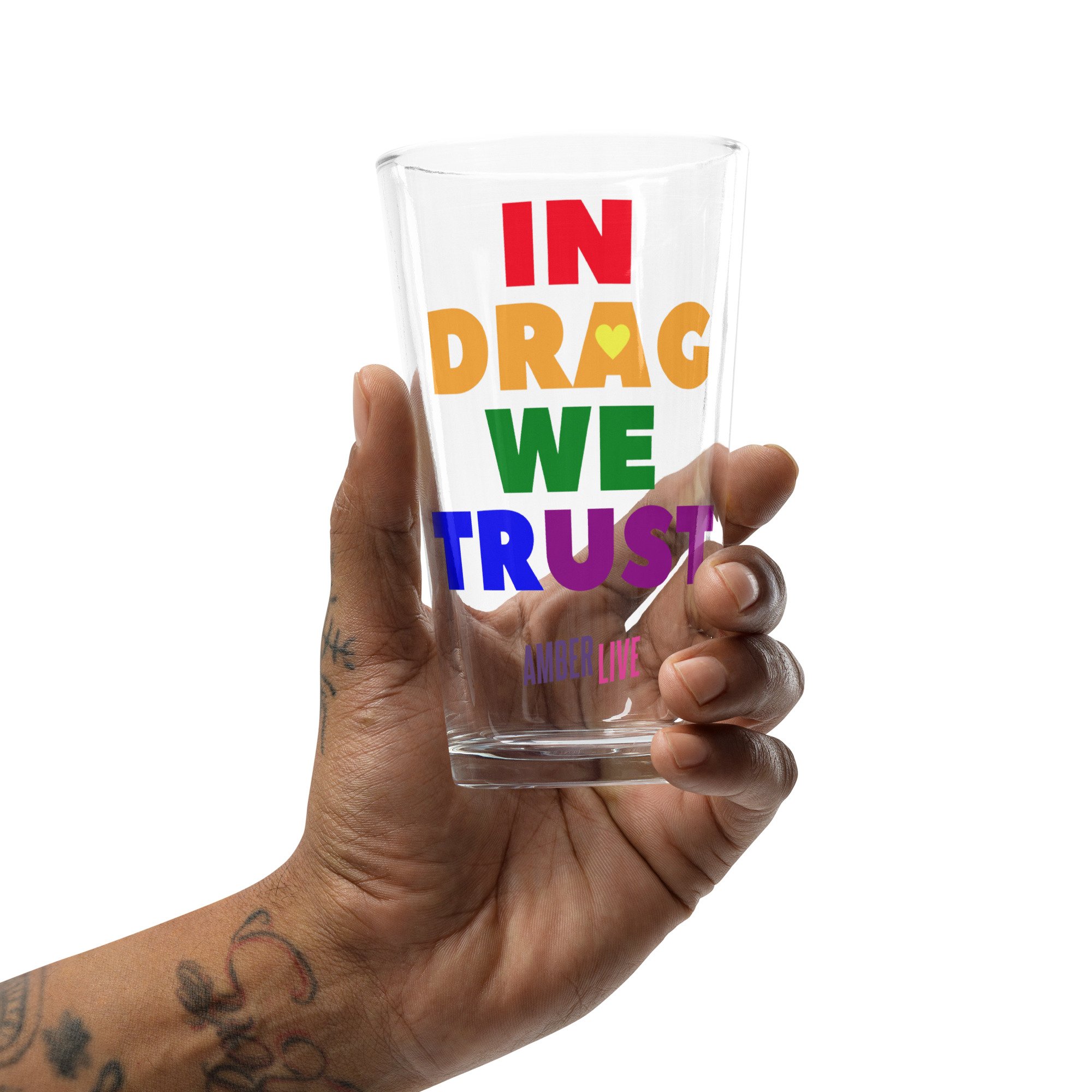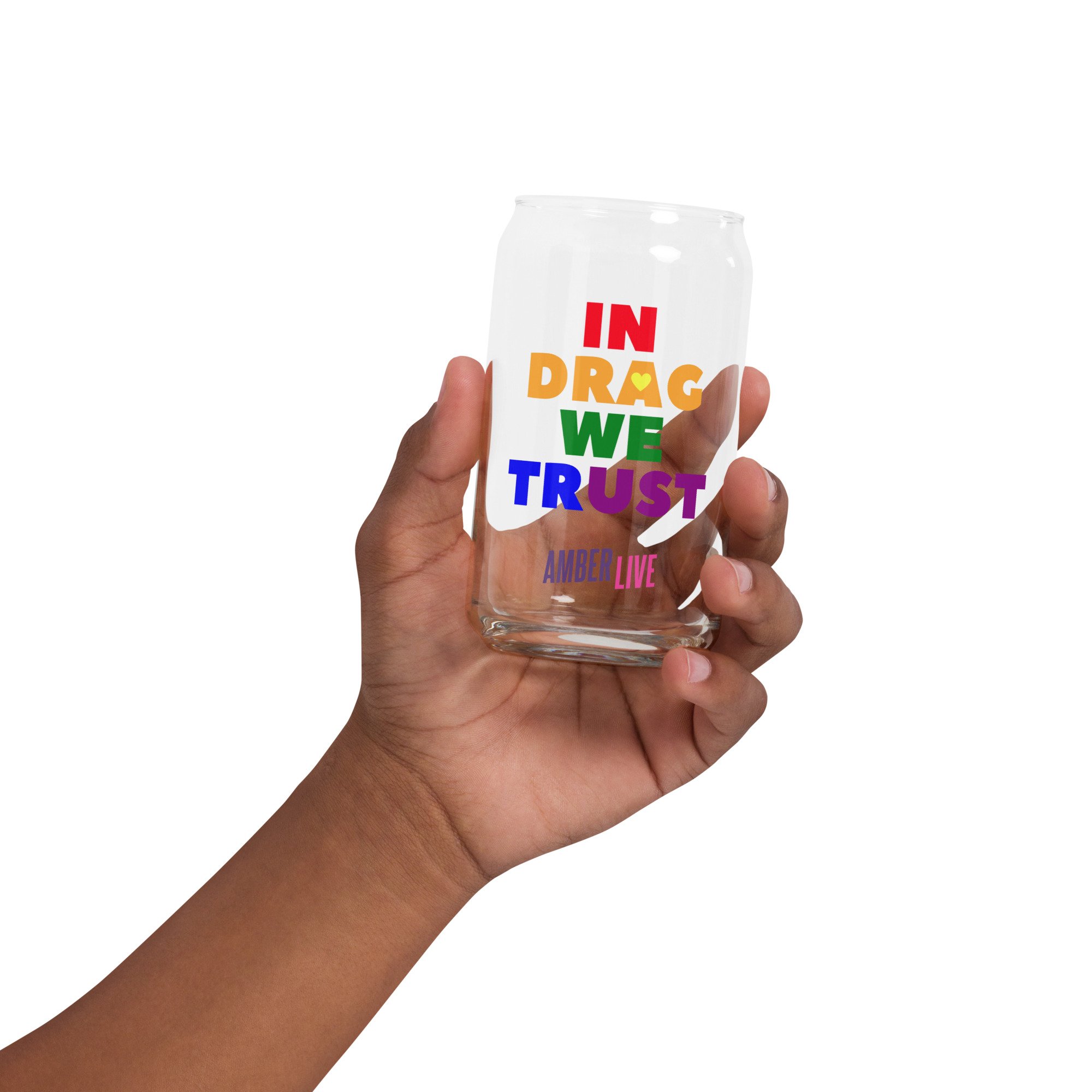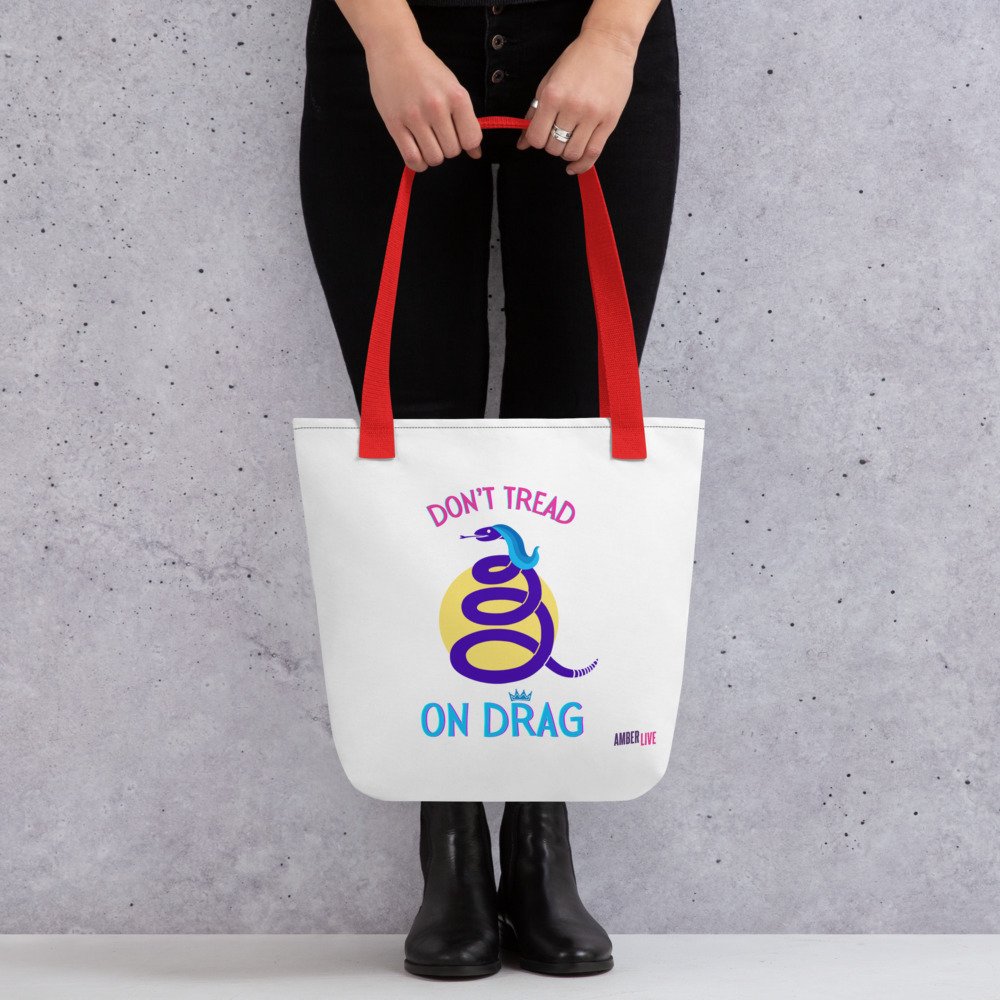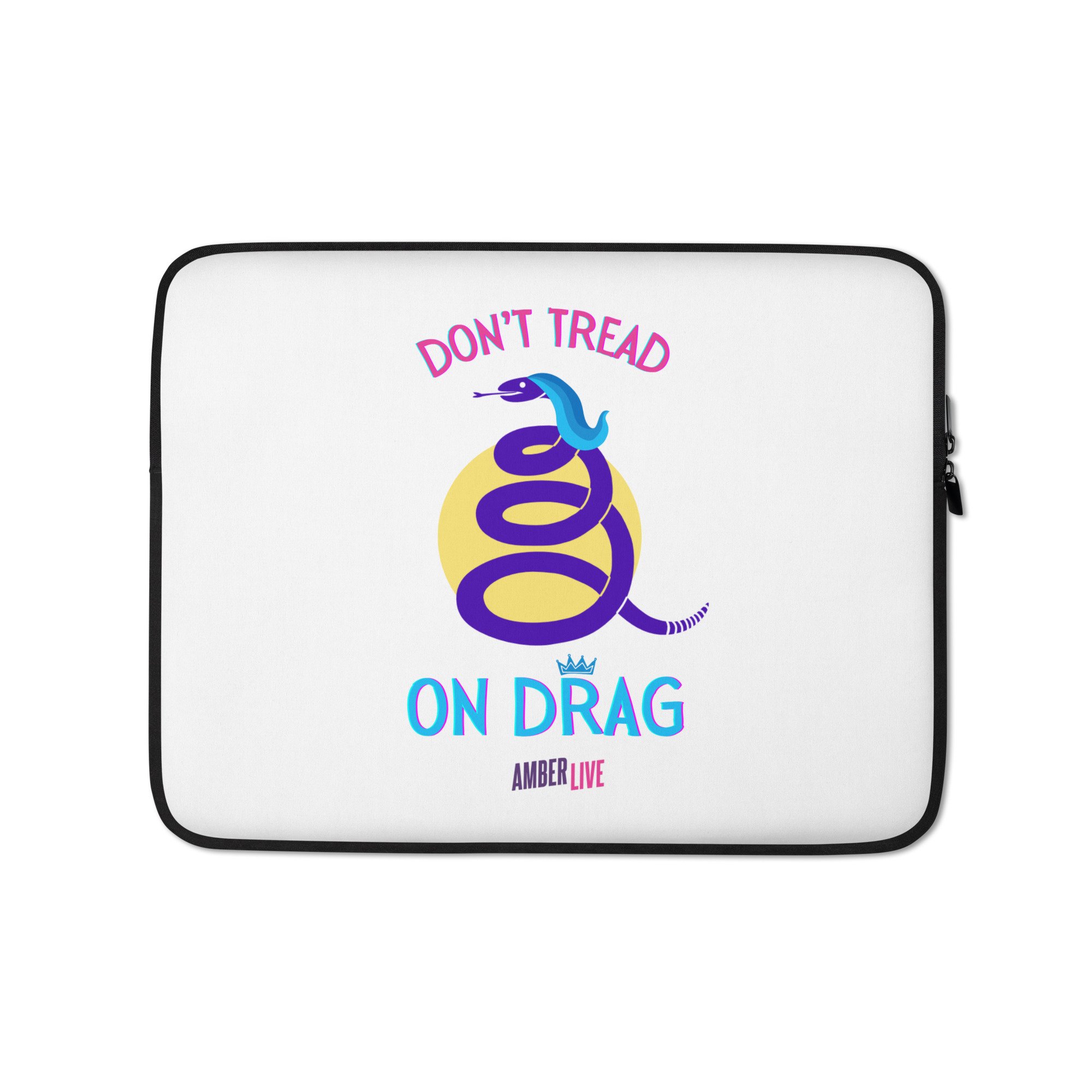Drag King: Exploring Gender and Identity while Entertaining
Table of Contents
Introduction to the Drag King
The History and Influence of Drag Kings
Drag Kings and Theories About Performativity
Exploring New Identities Through Drag Personas
Critiquing Society While Displaying Theatrical Range
Building Confidence to Transgress Norms
Paving The Way for Future Generations
Introduction to Drag Kings
Drag kings use performance art to transgress the boundaries of gender norms in creative and provocative ways that explore complex ideas about gender. They also set out to entertain their audiences. At drag king shows and in underground clubs, performers utilize costumes, makeup, binding, packing, and persona-acting to transform into male personae that they might not otherwise channel in their daily lives. Audiences not only delight in the talent and entertainment value of skilled drag kings, but gain deeper understanding about gender and identity. If you want to become a drag king or drag queen, here are some great tips!
Drag King Vesta Tilley
The History and Influence of Drag Kings
Drag kings emerged as a subversive parody of traditional gender roles in both homosexual and heterosexual spaces in the early 1900s. Performers dressed up as men to showcase talents, confidently take up space in male-dominated settings like music venues, and symbolically expand gender limitations. However, drag king culture stayed mostly underground until developing more prominently in the 1990s queer club scene as an aspect of lesbian and bisexual expression.
Using he/him pronouns and cultivating both believably masculine and humorously exaggerated swagger, early 1990s drag kings pushed creative boundaries and enabled meaningful dialogue about how womanhood or femininity can manifest beyond traditional stereotypes. Performers explored concepts like female masculinity, gender fluidity, or living between the gender binary. Take a look at the work of Mo B. Dick, for one amazing example of a drag king who broke boundaries during the 1990s and continues to work today. For a complete history of drag kings, check out the incredible archive at DragKingHistory.com.
Drag King Mo B Dick by Dale Corvino
Many artists and theorists argue that because females have been historically marginalized for displaying masculine traits, drag kings pull back the curtain on the societal tendency to unjustly penalize behaviors outside of rigid feminine standards. By cheering on drag kings as they display masculine confidence and talent to boldly conquer traditionally male spaces, audiences support the validation of feminist empowerment and gender-variant identities beyond the status quo.
Drag Kings and Theories About Performativity
Why do the costumes, personas, and entertainment value of drag king culture compel such an impassioned following and sense of community belonging? It may relate to gender performativity. This concept suggests gender arises from the repetition of learned behaviors versus some innate quality. People express manhood or womanhood through aspects like styling, body language, speech patterns, talents displayed, and interests expressed that culture socializes—a constantly evolving “act.”
In this theory, gender only holds meaning through these continual actions, rather than existing as some static quality within an individual. Drag art embraces the idea of gender as an exciting, creative performance. Audiences experience the empowerment that ensues when no longer confined by rules dictating how one “should” express gender.
Drag kinging reveals biological qualities associated with male or female bodies, like facial hair, breasts, or muscles, also exist along a spectrum—open to modification to transcend expectations that society has created. As a performance space free from the usual need to conform, drag king culture offers opportunities for deep personal exploration about identity. Audiences gain insight realizing how fully stepping into different personae, even temporarily, allows meaning about oneself to shift and take on new dimensions. Not only do drag kings DISRUPT ideas about masculinity as a rigid gender role only available to those born biologically male—the art form shows more broadly the possibilities for identity when no longer limited by binary systems.
Drag King Mike Oxready hosting at the 29th annual Winter is a Drag Ball in Vermont.
Exploring New Identities Through Drag Personas
Many drag kings initially adopt personae purely as fun entertainment or as a way to more fully connect with their own sense of masculinity. However, the experience often becomes an integral part of self discovery about identity. Donning baggy suits and sculpting chiseled jawlines with contour makeup allows individuals to project and embody alternative dimensions of themselves. Trying on newly imagined personae gives way to greater confidence and perspectives that carry over even after washing glittery sideburns down the sink at the end of the show.
While labels still hold value for many—like transgender, non-binary, genderfluid, or cis-female—drag king spaces celebrate the right for identity to unfold as an ongoing journey. Audiences bond over the shared revelation gender lives along a broad spectrum between and beyond cultural binaries. Multi-dimensional expressions should get encouraged, without judgment, as part of the human experience. Drag kings model that paradigm.
Critiquing Society While Displaying Theatrical Range
Drag kings also offer social commentary that critiques unfair standards dictating how individuals “should” look, act, dress, speak, display affection, inhabit roles, or claim authority based on gender. Performers play with altering stereotypical feminine cues like soft voices or timid body language to land on swaggering bravado through bold strides across stage, direct eye contact, and firm handshakes with fans after their shows.
Elements like stuffing socks in jeans to create the illusion of a penis frequently incorporated in acts, referred to as “packing,” unveil how society imbues such high symbolic value to biological attributes associated with gender. Drag calls those ingrained assumptions into question. Why should anatomy alone signal specific roles, behaviors, or treatment as inherently appropriate for someone? Drag says those cues should hold less meaning.
Some kings offer moving performances pointing out instances when displaying sensitivity gets unfairly penalized as weak or inappropriate for men. Others powerfully take ownership of desirability and sexuality outside of heteronormativity through homoerotic choreography.
Makeup contouring to sharpen masculine features, binding breasts, enhancing natural muscles, or donning male prosthetics all allow individuals to feel compellingly Read as male by audiences. The creative gender transitions possible through drag art expose how fully identity expression exists along a spectrum, able to shift day to day, scene to scene.
Building Confidence to Transgress Norms
Stepping into drag often builds lasting confidence that empowers individuals to more fully own who they are even beyond stage lights.
This positive impact stems in part from the rowdy momentum generated by supportive audiences passionately living for every hip thrust, mic toss, and stunt in a king’s dynamic repertoire. Fans bond loudly backing performers as they display talents dazzlingly spotlighted rather than subtly diminished to not offend mainstream ideals about gender presentation.
That emboldened energy then leaves the club. Individuals integrate more of the balance they achieved between honoring an authentic selfhood while crafting personas for theatrical entertainment and creative personal exploration.
Paving The Way for Future Generations
While acceptance continuously evolves, those courageously embracing the art form still often face discrimination or questions about the legitimacy of their identity or self expression. However, with each performance space claimed, drag kings help manifest safer communities and more vibrant understanding about gender for future generations. To learn more about some of the most famous drag kings, read this article.
Whether donning beards and suits to find deeper connections with their sense of masculinity, channeling personas exploring gender fluidity, or purely aiming to entertain audiences with clever musical acts—drag kings offer a touchstone for fans to recalibrate relationships to their own identity possibility. What other creative freedoms await when the commanded conformity of traditional gender ideals no longer overgoverns selfhood? Without those limitations, how much more vibrantly can people embody exactly who they are?
Drag king culture does the essential work of asking those critical questions to keep momentum headed toward more inclusive, expressive, and liberated landscapes not just related to gender but identity overall. So the next time you see a drag king passionately owning space on stage—recognizing that their courage and theatrical skills don’t just build their confidence and career. The transgressive spirit and very existence paved way for others to blaze trails reflecting back that more just, more colorful terrain possible when people get encouraged embracing identity boldly outside lines. We all inherit more opportunity when binaries and stereotypes lose grip as strict rules governing who individuals become in this world.
Show your support for drag with our amazing selection of drag themed merch!
—This article was written, restructured, or adapted by Russell with information gathered from sources around the internet. Russell is the producer of Amber Live and is greatly overworked to pull it all together. If it’s on the internet, it must be true. (We’re kidding.) BUT, if you find any errors or omissions in the article, please let us know so that we may correct the issue. Thanks for your support!
